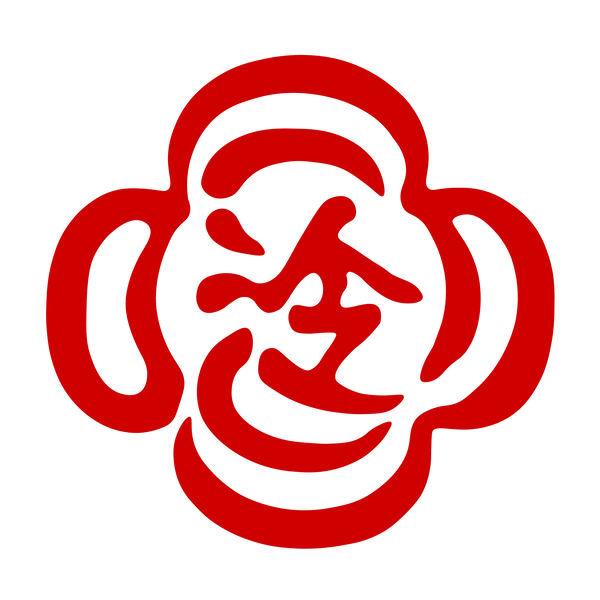
Introduction to wax carving and lost wax casting
Lost wax casting is an ancient technique used to produce one-of-a-kind metal sculptures. You can even find a small exhibit about it at the Royal Ontario Museum.

The Koi Fish ring is one of my first and favourite designs made using this method. It is essentially a tiny piece of sculpture, handcarved from jeweller's wax and cast in precious metal. Below, you can see my wax model before casting (on the left), and the finished gold ring beside it.


Wax carving tools
Wax carving tools are essentially anything sharp that can be used to cut and shape jeweller's wax. Many of the tools are the same as those used in woodworking, printmaking, and dentistry!
My favourite tools are a tiny flat chisel, a craft knife, and a rotary machine called a micromotor, which works with different types of burrs or drill bits. I use a green jeweller's wax, which feels a bit like candle wax, but firmer and specifically formulated to hold carved detail. For this project in particular, I'm using a green wax tube that has a convenient cutout for making rings.

Jewellery design
I have always loved the movement of koi fish, especially butterfly koi, which have ever-growing fins. As they can live for many years (there is the story of an exceptional koi, named Hanako, who had possibly lived for well over 200 years), the length and beauty of the fins are then proportionate to the length of the creature's life. Beauty with age, I thought, would be wonderful sentiment to put to jewellery.
To capture the shape and movement of these eternal fins, I made simple line sketches of koi until I found something that I liked.

Wax carving process
Working with a chunk of the green wax tube, I use my rotary tool to burr out the rough lines from my sketch. At this point, it looks a bit more like napa cabbage than a fish! 🥬

I carve the fish fins separately and try to attach them to the main body with molten wax, breaking the the ring band in the process. This often happens when I start adding detail to the wax model, as it becomes more fragile to work with.

Ignoring the missing band for now, I attach the fins and continue to smooth out the surface of the wax. Refining the wax surface prevents dents and scratches from being included in the final model, and also reduces the chance of porosity (little air bubbles, or holes) that can appear during casting.

I carve a new ring band and reattach it to the main body with molten wax. To melt wax, I use battery-operated heat pen with a thin wire tip. I adjust the position of the fins and ring band by melting and re-positioning them as needed.

Casting the wax model
I take the wax model to my local caster, where they put the wax model in plaster. Once hardened, molten gold is poured into the plaster, replacing the wax model inside. The whole thing is cooled, broken apart, and the gold casting is retrieved.
I don't have photos of this part as it happens in my caster's workshop, so I drew a quick diagram for you instead :)

Metal finishing
To finish the gold casting, I use my rotary tool to apply different types of polishing compound. The polishing process creates very tiny micro-scratches on the metal surface that appear as lustre or sparkle. To bring out the flourish and movement of the fins, I add extra handcut texture using a diamond tool.
A look at the details
My favourite detail is the way the lines flow through to the inside of the ring. The goal of the design is to emphasize fluidity and the beauty of the lines, so even though these details would not be seen when worn, I wanted to include them for the sake of continuity.

Learn more about the craft of jewellery
If you'd like to know more about my work, you can find more information by clicking back to the main blog below. You can also connect with me on other social platforms, where I share different bits of content for those of you who are interested in the making & appreciation of art jewellery!
- Pinterest: A gallery board where you can see photos and videos of everything in the collection together.
- Instagram: My primary social media account, where you can see work in progress and other behind the scenes!
- Email: For all other questions, you can always reach me by the contact form on this website, where you can expect an email response from me within a few working days.
Thanks for reading!

